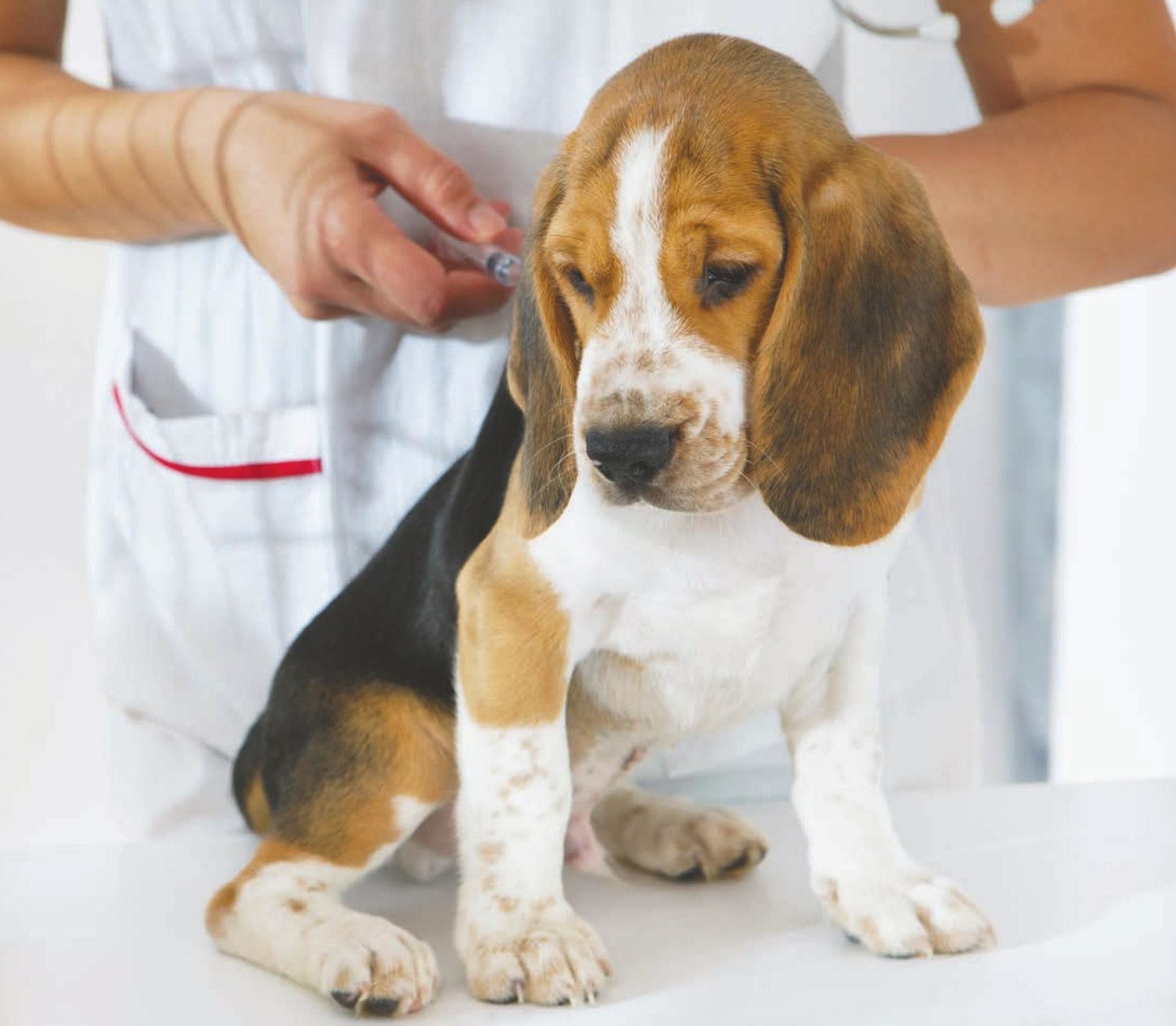When your pet needs anesthesia
This article is provided by the American Veterinary Medical Association.
S ome veterinary procedures need to be performed while your pet is asleep.
Dentistry, surgery, and some diagnostic …
This item is available in full to subscribers.
Subscribe to continue reading. Already a subscriber? Sign in
Get 50% of all subscriptions for a limited time. Subscribe today.
Please log in to continueNeed an account?
|
When your pet needs anesthesia
This article is provided by the American Veterinary Medical Association.
Some veterinary procedures need to be performed while your pet is asleep.
Dentistry, surgery, and some diagnostic imaging are done with your pet under anesthesia.
Anesthesia is a controlled unconsciousness. Your pet’s level of consciousness is controlled so they don’t feel pain and don’t move.
Most of us are anxious about going under anesthesia ourselves, so it’s understandable to be anxious about your pet being anesthetized.
Anesthesia for animals has come a long way and is safer than it ever was before. A well-trained veterinary team further reduces your pet’s risk.
Like any medical procedure, anesthesia does have risks. These can run from minor problems, such as mild vomiting after recovery from anesthesia, to life-threatening problems such as cardiac arrest or stroke.
Anesthesia-related deaths are rare, though.
The risks of anesthesia should always be considered.
The veterinary team will take all of the necessary precautions to ensure that your pet is safe and can handle anesthesia.
Most healthy pets - even senior pets - don’t have any problems with anesthesia.
What can you do to reduce your pet’s risk?
• Tell your vet if your pet has ever had a reaction to sedation or anesthesia.
• Inform your vet of all medications and supplements (including over-the-counter products) your pet is receiving.
• Keep your pet healthy with regular preventive care.
• Keep your pet at a healthy weight.
• Take steps to prevent injuries to your pet whenever possible.
• Follow your veterinarian’s instructions before anesthesia, especially with regards to withholding food and/or water.
• Follow your veterinarian’s instructions regarding any medications you should – or should not – give to your pet prior to anesthesia.
Next: What happens when your pet’s asleep
Other items that may interest you










Comments
No comments on this item Please log in to comment by clicking here